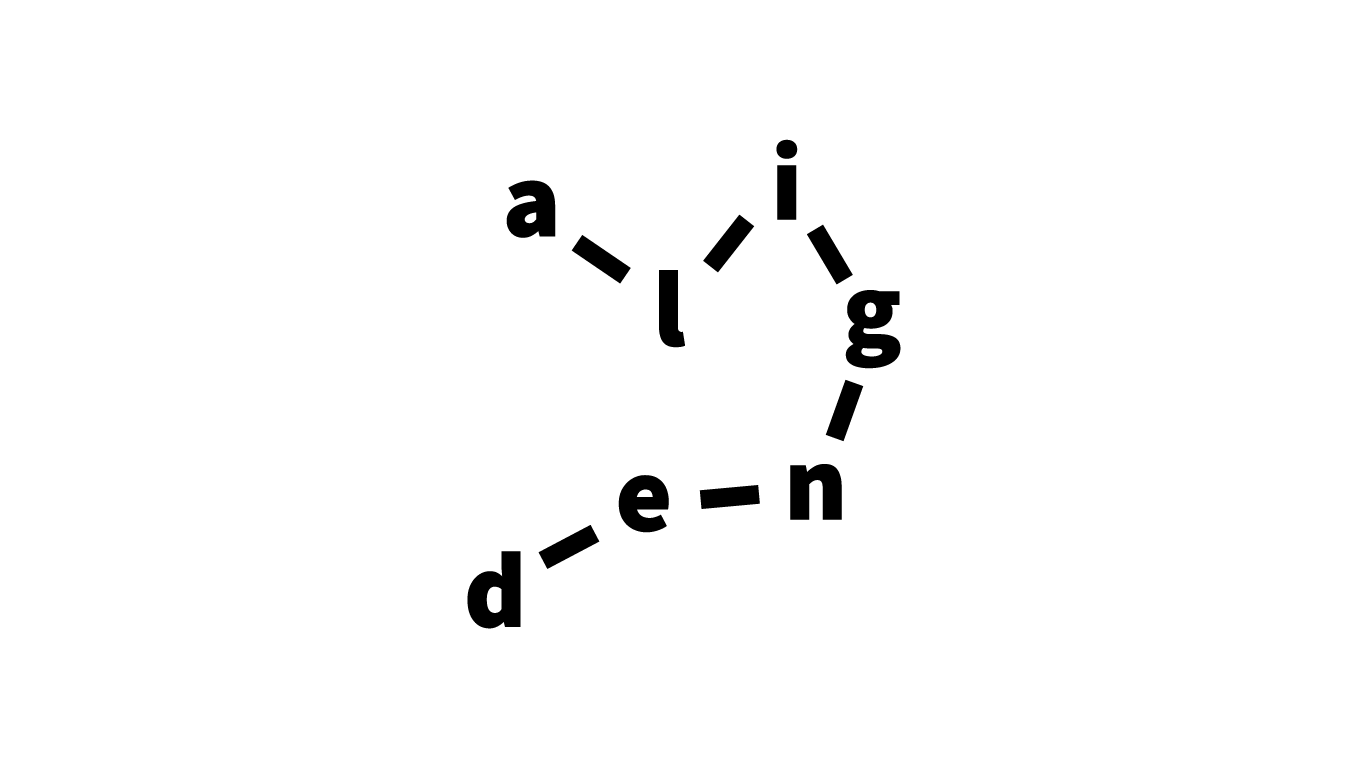Finding Inner Harmony: How to Create Personal Coherence in a Busy World
Imagine opening your laptop on a Monday morning and feeling an immediate sense of overwhelm — emails piling up, deadlines looming, your mind jumping from one thought to the next.
It’s a bit like standing in front of an overstuffed wardrobe where nothing seems to match.
You know the pieces are there, but they feel jumbled, disconnected.
That’s where coherence comes in.
Personal coherence is about bringing your inner world into alignment — your values, emotions, and actions moving in the same direction. When you live in coherence, decisions feel clearer, stress becomes easier to navigate, and your sense of purpose strengthens.
The Roots of Coherence — Philosophy Meets Psychology
The idea of coherence isn’t new.
In philosophy, it’s the alignment of truths — the way your beliefs fit together without contradiction.
In psychology, Carl Rogers described congruence as the match between your self-perception and lived experience.
Think of it as wearing clothes that truly fit who you are — not just in size, but in style. When your inner reality matches your outer expression, there’s a natural sense of comfort and confidence.
Why Coherence Matters — Especially at Work
When you’re in coherence:
You stay steady in emotional storms — anchored and grounded even in uncertainty.
You make decisions with clarity — guided by values, not just urgency.
You recover faster from challenges — resilience feels less like a fight and more like returning to center.
You feel fulfilled — your work and life start reflecting who you really are.
For leaders and teams, coherence is more than a personal benefit — it’s a performance driver. People who know what matters most to them communicate better, manage conflict with more ease, and create a culture of trust.
Five Ways to Build Coherence in Daily Life
Define Your Core Values
Get specific: What do you stand for? Write them down. Treat them like your personal compass — everything else becomes easier when you know the direction.Practice Mindfulness
Create small moments of pause before reacting — a breath before replying to an email, a walk before making a big decision.Welcome Your Emotions
Instead of pushing feelings aside, name them. They’re signals, not threats. Coherence comes from integrating your emotions, not ignoring them.Act in Alignment
Check if your calendar and to-do list reflect your priorities. If they don’t, adjust. Small daily actions in line with your values build long-term stability.Stay Flexible
Coherence doesn’t mean rigidity. Life changes — your ability to adapt while staying true to yourself is the real skill.
Reflection Prompts for Your Coherence Practice
What are my top three values right now, and how do they show up in my work and life?
When have I felt most “in sync” with myself recently?
Where do I notice the biggest gaps between what I believe and what I do?
What’s one action I can take this week to close that gap?
The Ongoing Journey
Coherence isn’t something you tick off a list. It’s a living practice — one that requires attention, honesty, and compassion for yourself. The reward is a life (and career) that feels like it fits — not because it’s perfect, but because it’s aligned.
If you or your team are navigating change, role shifts, or quiet pressure that’s hard to name, I work with organisations and individuals to create exactly this kind of alignment — so people can lead, work, and live with more clarity and less strain.

